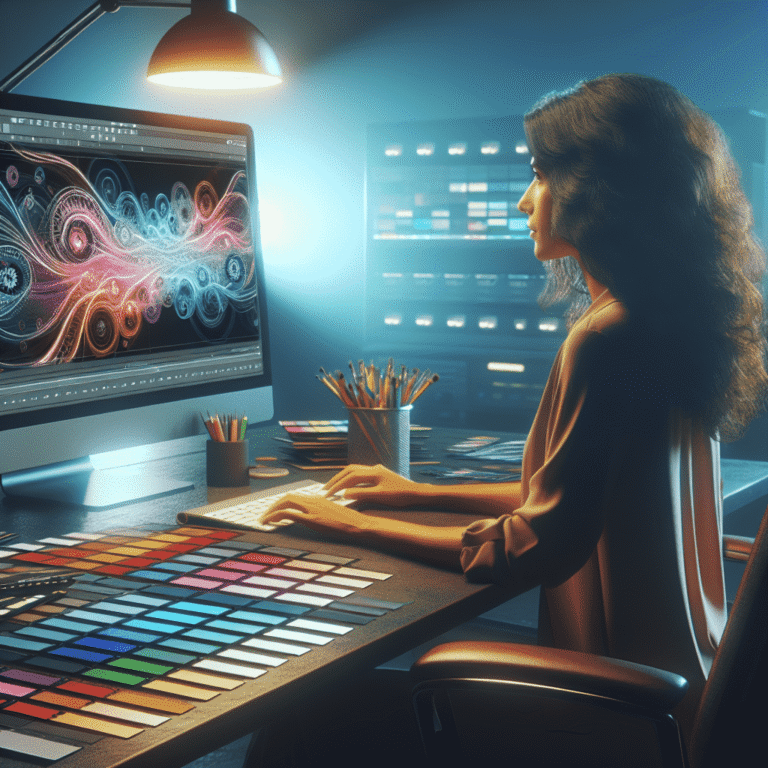The rapid proliferation of 4:2:2 cameras, which capture double the color data of standard models, is transforming consumer and professional video production. These previously high-end devices are now more budget-friendly, allowing creators at all levels to benefit from richer color gradation and fidelity. With this democratization comes new technical hurdles, as editing 4:2:2 footage requires far more computing horsepower for seamless playback and real-time edits, often mandating proxy creation and additional storage that impede creative flow.
NVIDIA’s RTX GPUs built on the Blackwell architecture decisively address these challenges. Featuring dedicated hardware for 4:2:2 video encode and decode, these GPUs enable up to 10x acceleration for encoding and support playback of ultra-high-resolution streams without lag. RTX 50 Series and RTX PRO Blackwell GPUs are engineered to manage multiple 8K and 4K streams simultaneously, paving the way for more efficient multicamera editing and review. Popular editing suites such as DaVinci Resolve, CapCut, Adobe Premiere Pro, and Wondershare Filmora now integrate NVIDIA hardware acceleration, maximizing performance for advanced workflows like color grading, keying, and text overlay while benefiting from higher bit-depth processing for precise edits.
Beyond pure codec horsepower, the latest RTX GPUs are unlocking a new era of creative capabilities driven by generative artificial intelligence. State-of-the-art video models like WAN and LTX Video now run directly on RTX hardware, thanks to fifth-generation Tensor Cores tailored for deep learning and FP4 quantization—effectively doubling performance while halving video memory requirements. Applications from DaVinci Resolve Studio 20 to Adobe Premiere Pro have introduced smart features such as UltraNR Noise Reduction, Magic Mask v2, and Adobe’s Media Intelligence and Enhance Speech. These leverage NVIDIA’s hardware and software stack for drastically faster results over previous generations or competing platforms, empowering editors with real-time masking, content-based clip discovery, and instant speech enhancement. Advanced local models like Topaz Starlight mini are also fully enabled only on RTX GPUs, showing the widening gap in what’s achievable on accelerated hardware.
The RTX 5080, 5090, and Blackwell PRO GPUs, bundled with proprietary NVDEC and advanced NVENC encoders, further ensure smooth high-res playback, rapid rendering, and high-quality exports with new ultra high quality modes. Multi-encoder parallelism now slashes export times in major apps via split and scene encoding, while HEVC and AV1 quality improves by up to 10% in total over previous standards. Altogether, these advances situate RTX Blackwell hardware as a core enabler of today’s and tomorrow’s fast, flexible, and visually striking content creation landscape, from individual YouTubers to major studios embracing 4:2:2 precision and artificial intelligence-powered editing.

